Technology aids decision making
By Nick Dykes
4th March, 2024
With Summer coming to an end and Autumn upon us, growers along the east coast have turned their attention to the 24/25 season and are beginning to put their cropping plans in place. With commodity prices fluctuating more than ever, the decision-making process around how growers decide to sow which crops, has become one of great interest.
Cropping plans were traditionally defined in a single decision occurring once a year or once a rotation. Nowadays, the industry has evolved with the introduction of more and more sophisticated technology, combined with the development and reliability of smart devices, such as cameras, satellites, drones, sensors, and Global Positioning Systems. Growers now have more data than ever at their fingertips to aid in their decision making. Such technology also allows for growers to have a system in place for maintaining accurate, easily retrieved and well organised records.
It is well known that preparation and putting the work into planning, ultimately provides for more successful outputs. In the planning phases, growers are reviewing their harvest records and determining yield projections for each crop and where applicable for each variety.
But how much does technology influence crop planning? Are the once used traditional methods a thing of the past?
Anecdotal evidence would suggest that up to 90% of farmers are now using technology and farm management software such as ‘Agworld’ to deliver improved results and establish more efficient and sustainable farming practices. These kinds of programs allow the grower to collect data on a number of levels, analyse the data against historical results and market trends, and then use the data findings to produce maximum profitability applicable to their own circumstances.
In conversation with Griffith based agronomist, Barry Haskins he explains the benefits are truly seen when dealing with a number of stakeholders. “The crop planning programs allow us to work with transparency and efficiency between the agronomists, farm owners, farm managers and 3rd parties such as sustainability and carbon emissions programs, such as Cargill’s “SustainConnect” for example. We can just rip the data straight out of the system and provide 1 message to all of the stakeholders involved”.
With advances like this, is it any wonder that we are seeing more and more accurate and concise practices being implemented throughout the agricultural industry? Of course, there will always be the uncontrollable factors such as weather and global markets, but growers are more so now than ever using the information available to them to give themselves the best chance of success in an ever-competitive market.
So where does that leave the other 10%? Technology is certainly not the be all and end all. There are still some very good farmers that get the same results without all the bells and whistles. Is it luck? Maybe it’s just in their blood!
Global pressure weighs on grain markets
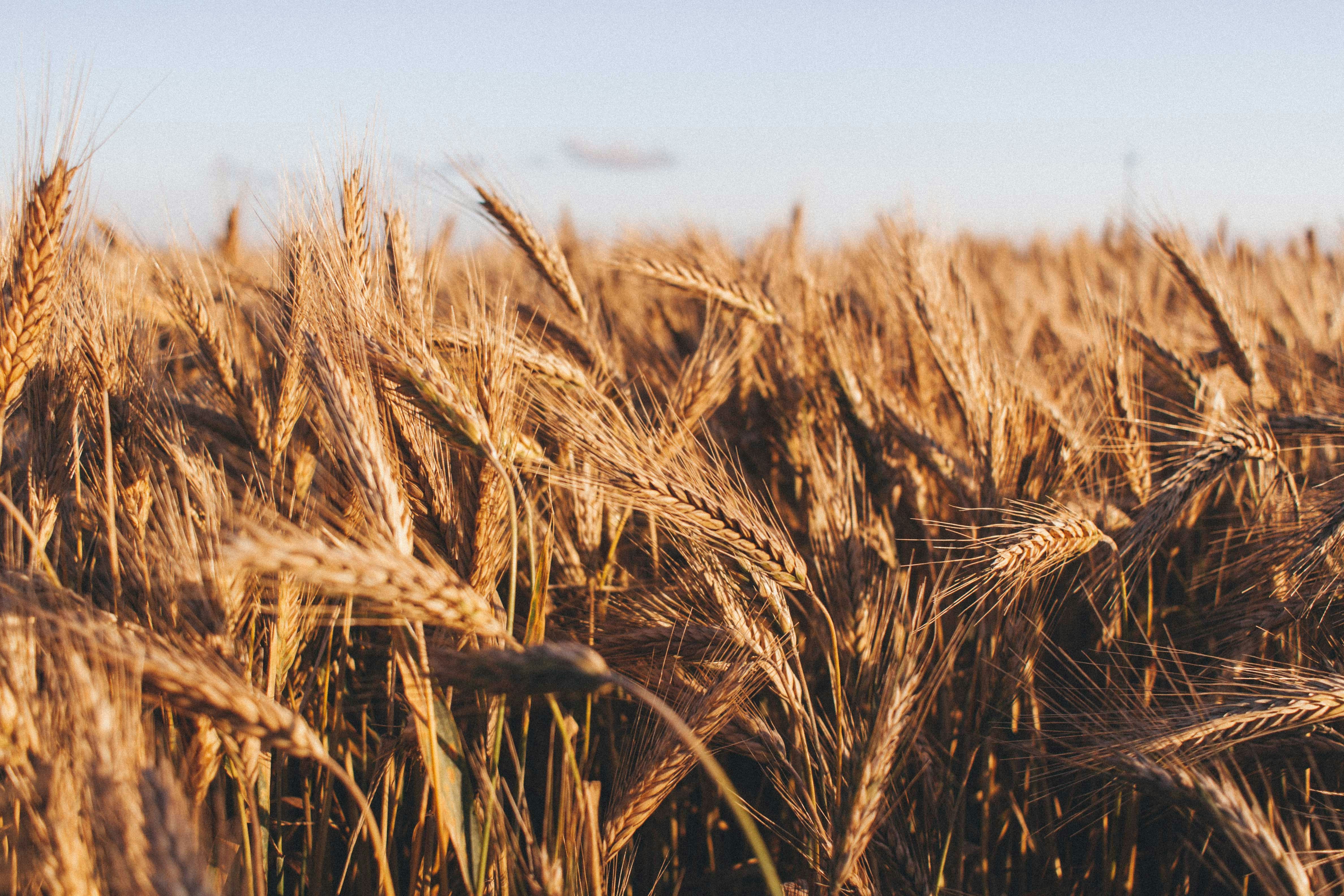
Grain Growers have been alerted to lower pricing prospects in recent times as we continue to see wheat prices dip since the start of the year. This is in line with general pressures in the grain markets caused primarily because of a massive corn crop..............
Read MoreUS grain report hits Australian prices
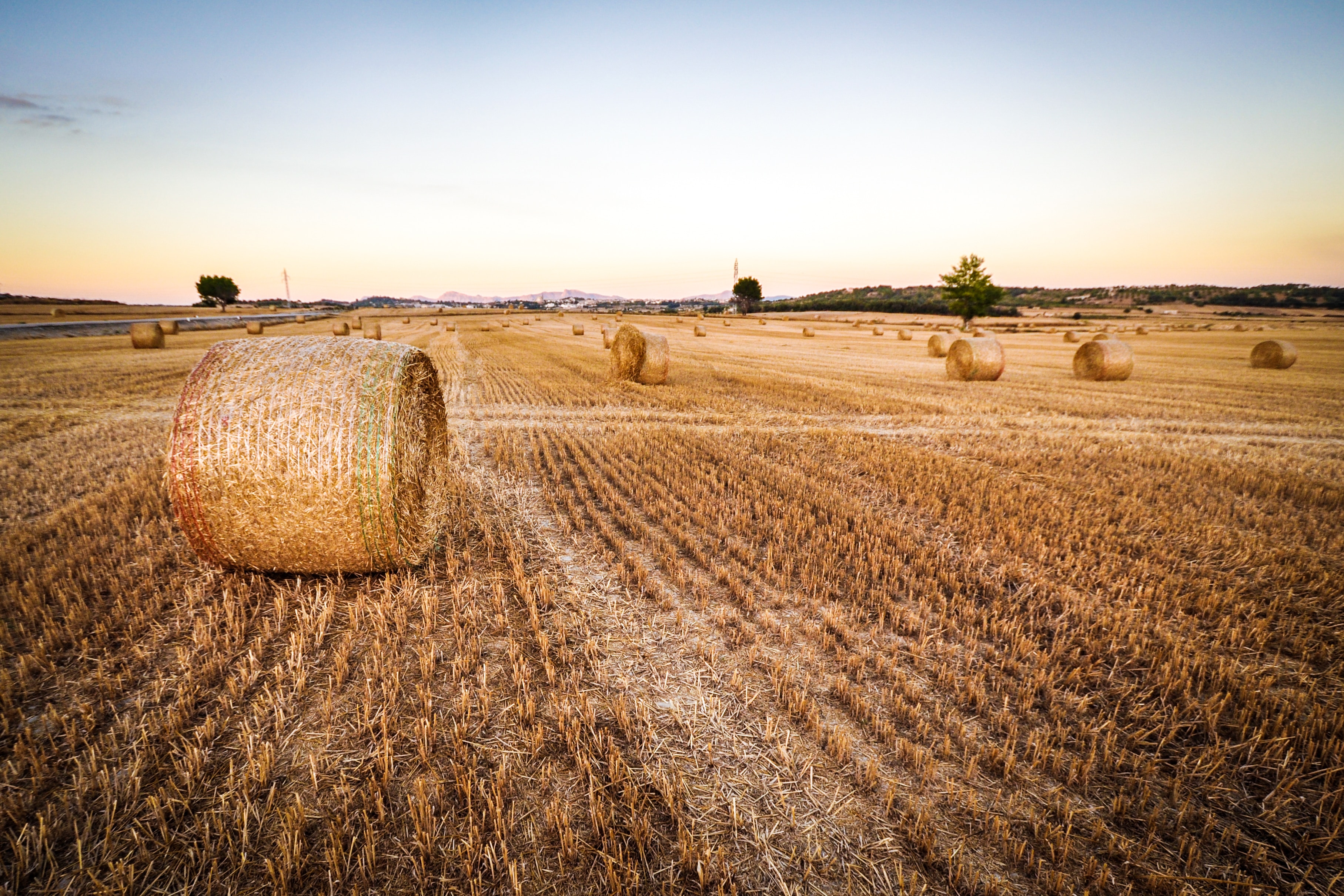
Harvest has finally wrapped up across the East Coast, with the final headers shutting down in late January. All grower attention is now focused on moisture retention and ground preparation for winter crops, with only 6-8 weeks until the first early winter crops are sown............
Read MoreThe role of Carbon Markets in the Australian grain industry
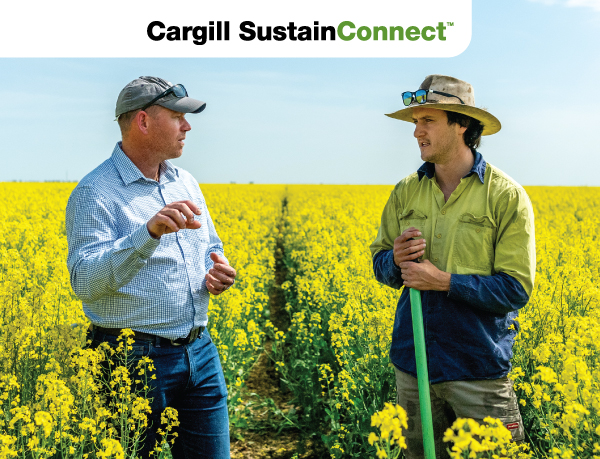
In the context of climate change, agriculture provides both a challenge and an opportunity. As the agricultural sector, and its customers in the food manufacturing industry, explore sustainable solutions to meet their climate goals, the concept of carbon insets in agriculture emerges as an opportunity to reduce greenhouse gas emissions and remove carbon from the atmosphere............
Read MoreFortune favours the prepared
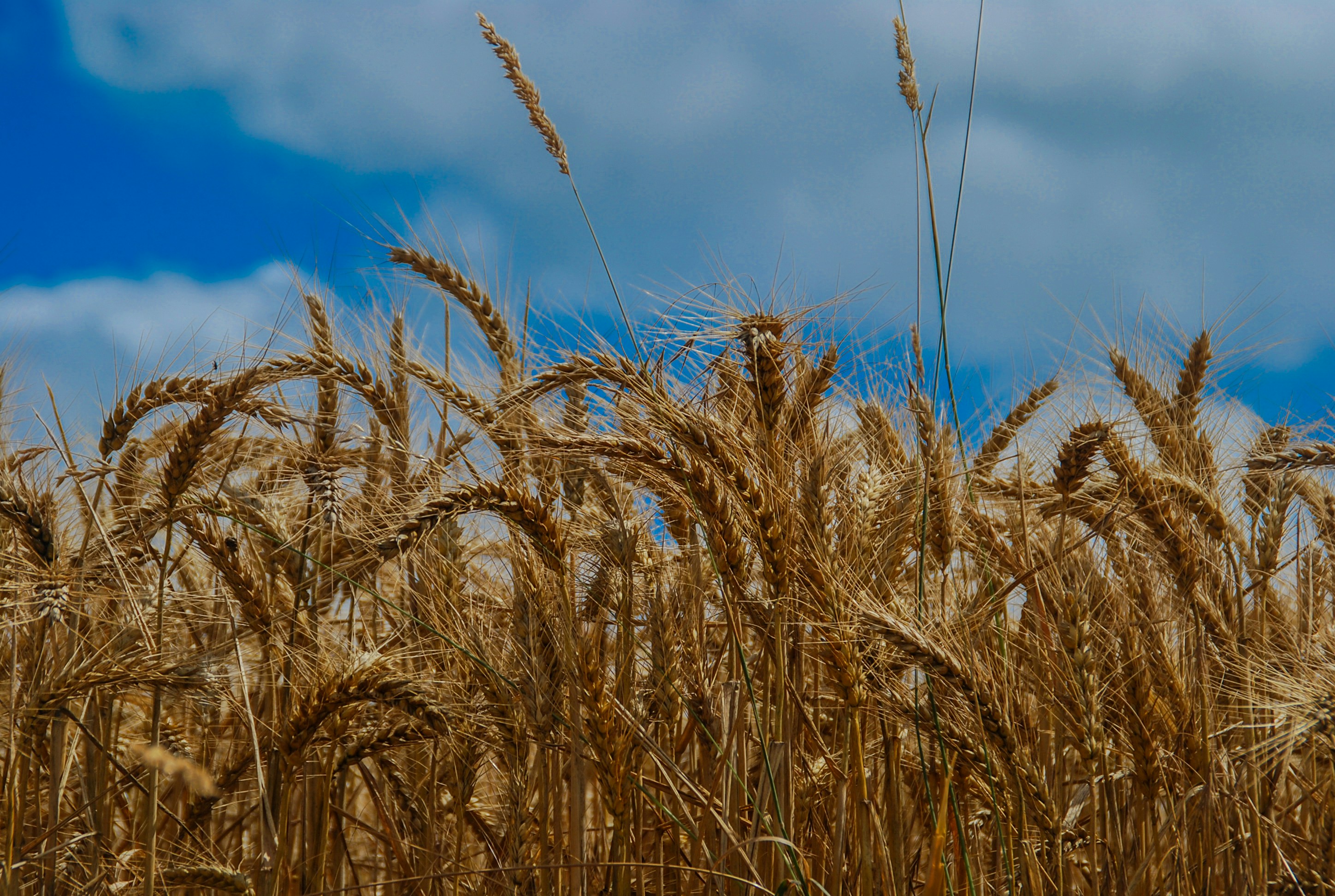
With recent global weather models suggesting an end to our somewhat confusing El Nino year and increasing the chance of a return to a typically wetter La Nina period, expectations are growing for a good supply of in-crop rainfall through 2024...........
Read MoreUS grain report hits Australian prices
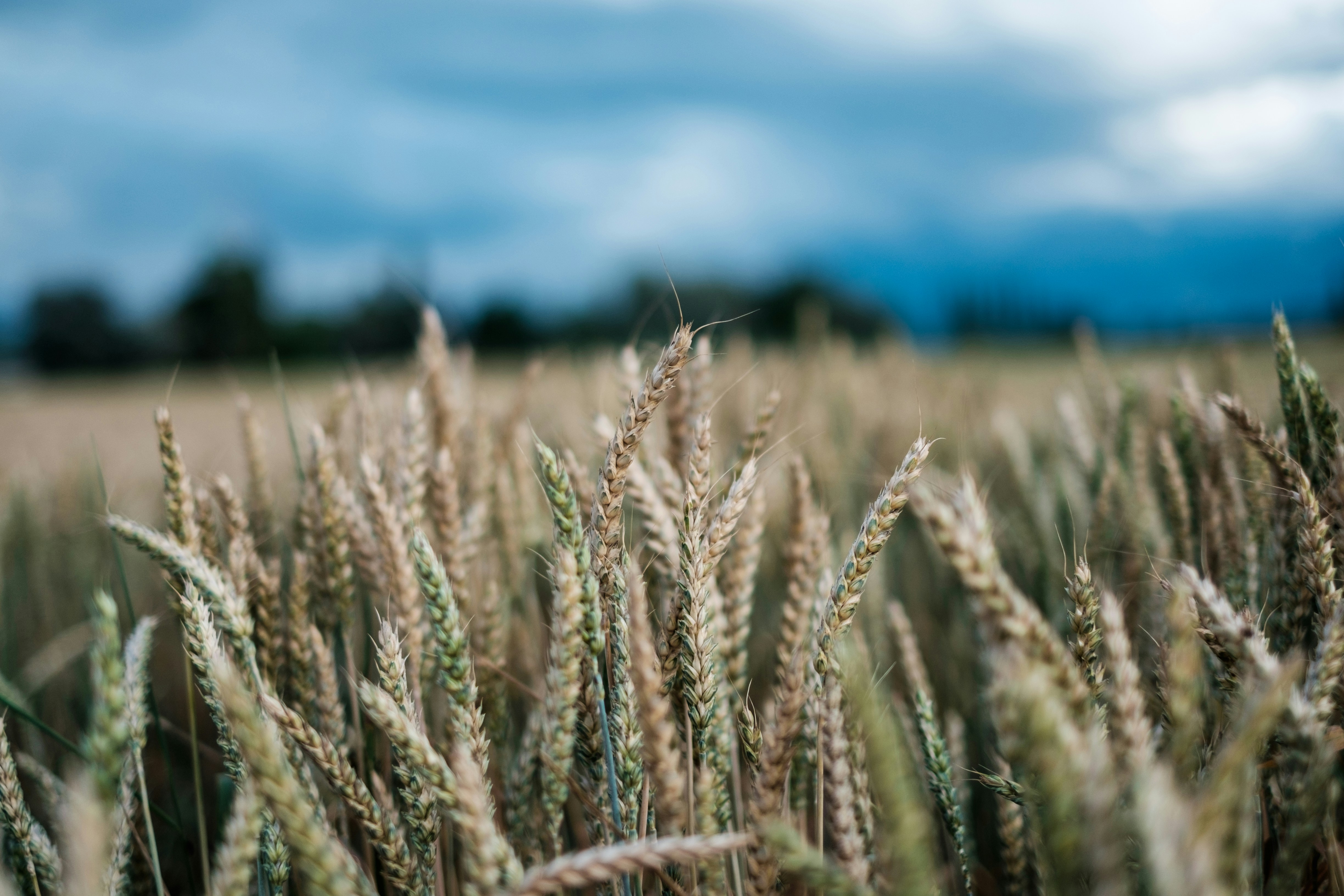
Harvest has finally wrapped up across SA after a long and weather affected last part of what was a pretty decent harvest with excellent quality for the most part..........
Read MoreWA Market Wrap 20/02/24
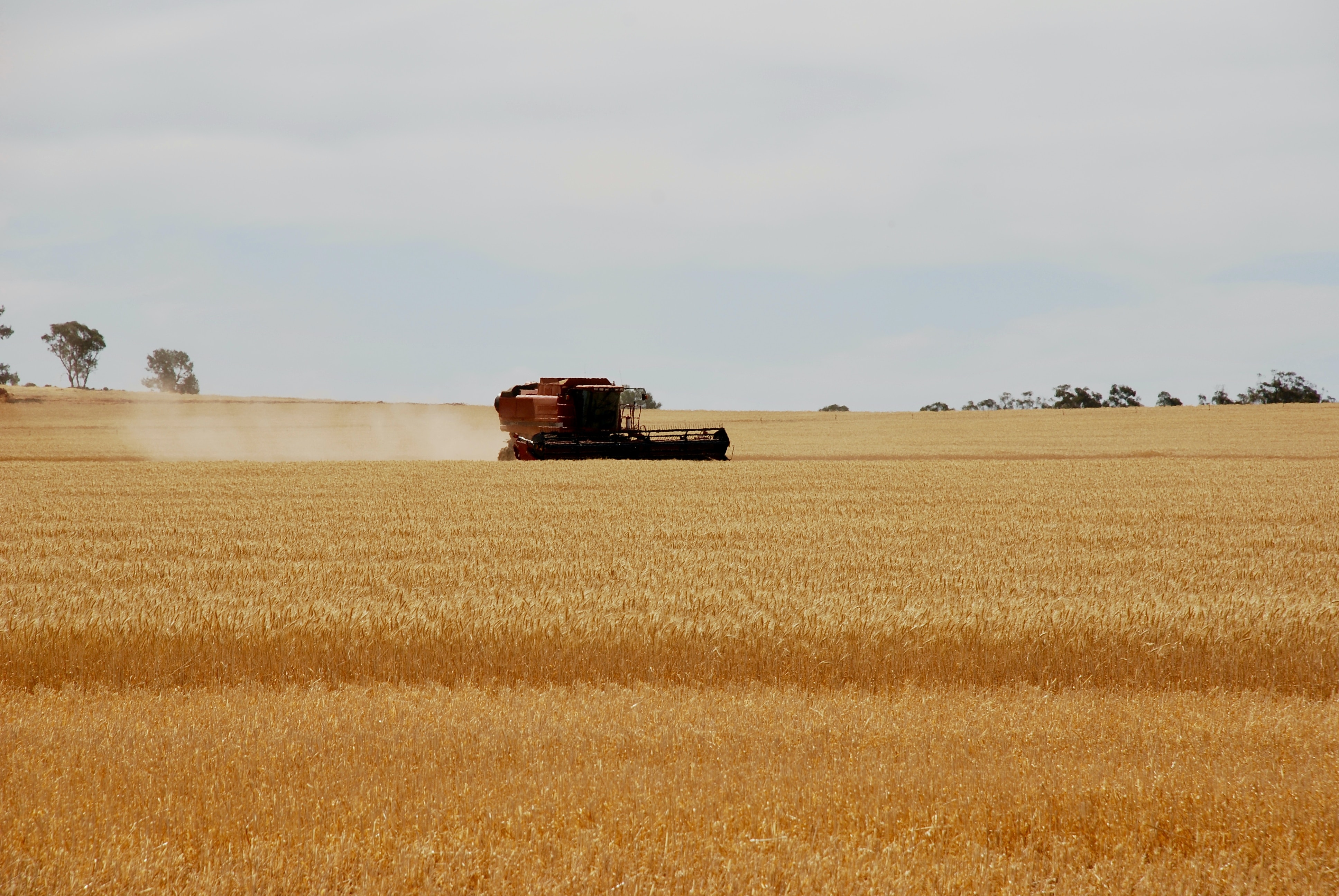
The 23/24 WA grain harvest was over in a blink of an eye, particularly for the northern and eastern wheat belt where headers powered over the light crop, finishing in the first week of December..........
Read MoreA peek at how 2024 kicked off
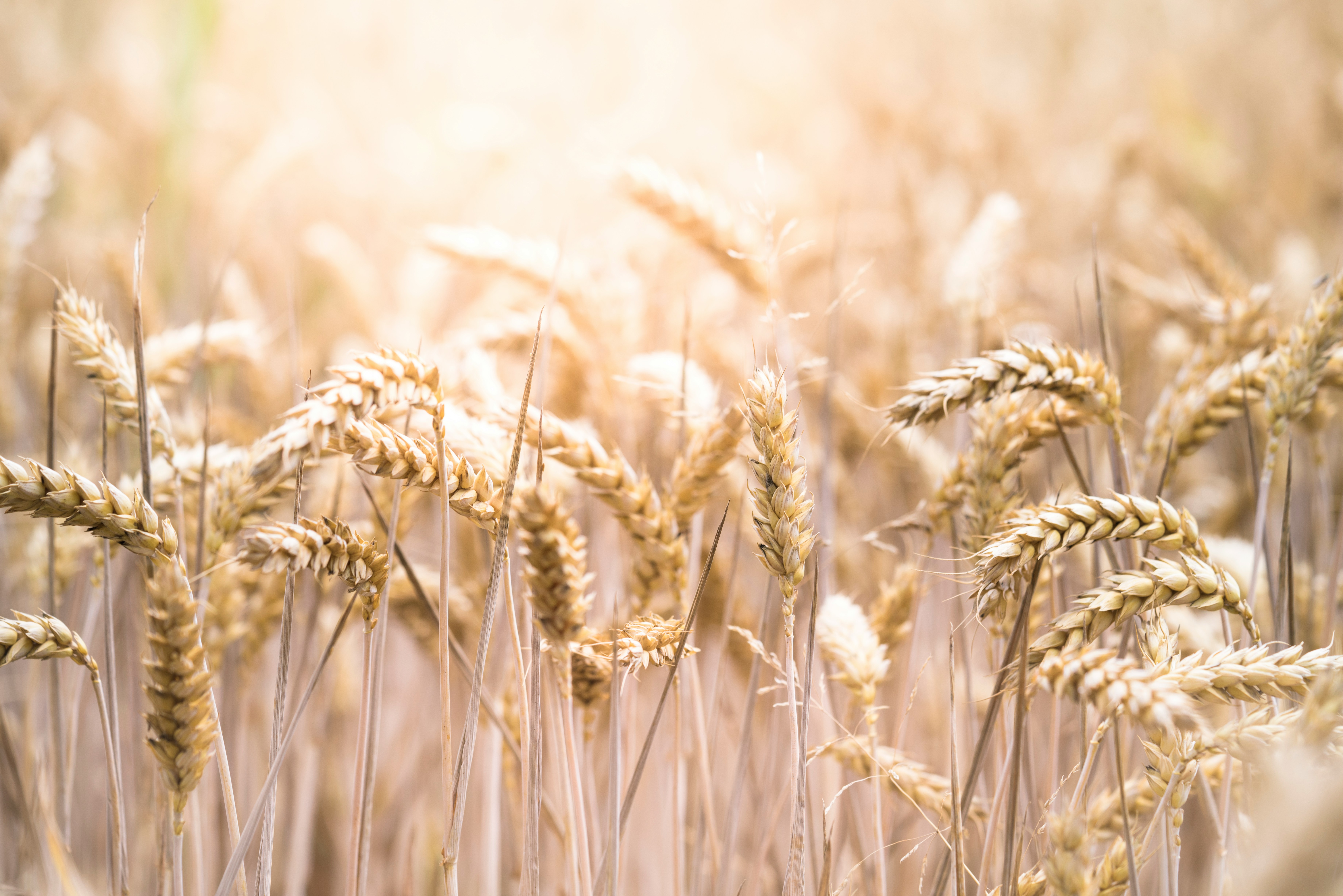
With a scorcher this week across northern NSW and Southern QLD, the possibility of yet another cyclone bringing rain to central Queensland, those famous words “Droughts and Flooding Rains”, never seem truer than the start we are having to 2024............
Read MoreSorghum Update: Growth, Challenges and Global trends.
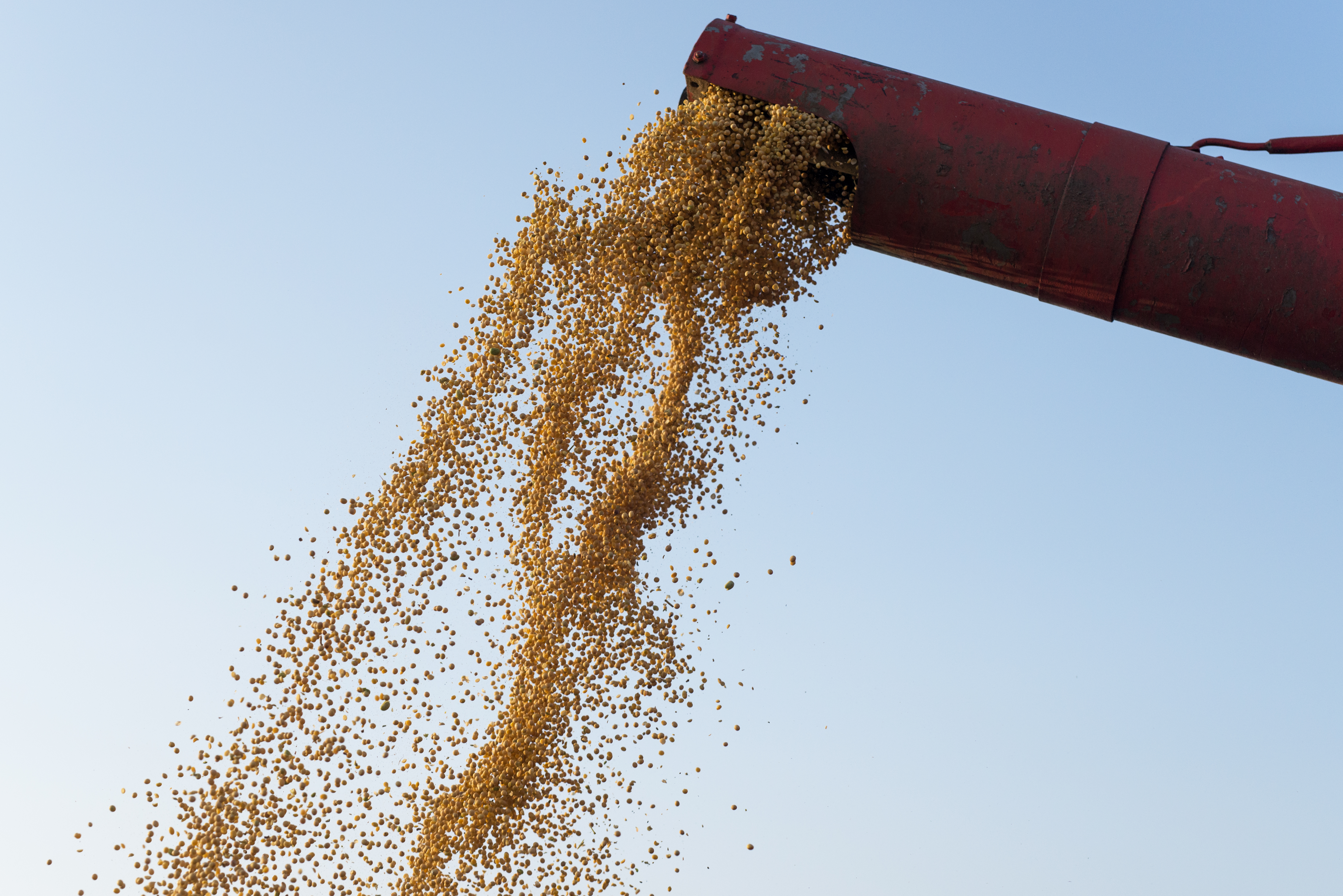
Abundant December rainfall has led to prosperous sorghum crops in the Darling Downs, with expectations of at least average yields, challenging the initial forecast of 21% decline in sorghum planted area for 2023–24 due to well-below-average soil moisture levels..........
Read MoreWheat quality holds up against widespread rain.
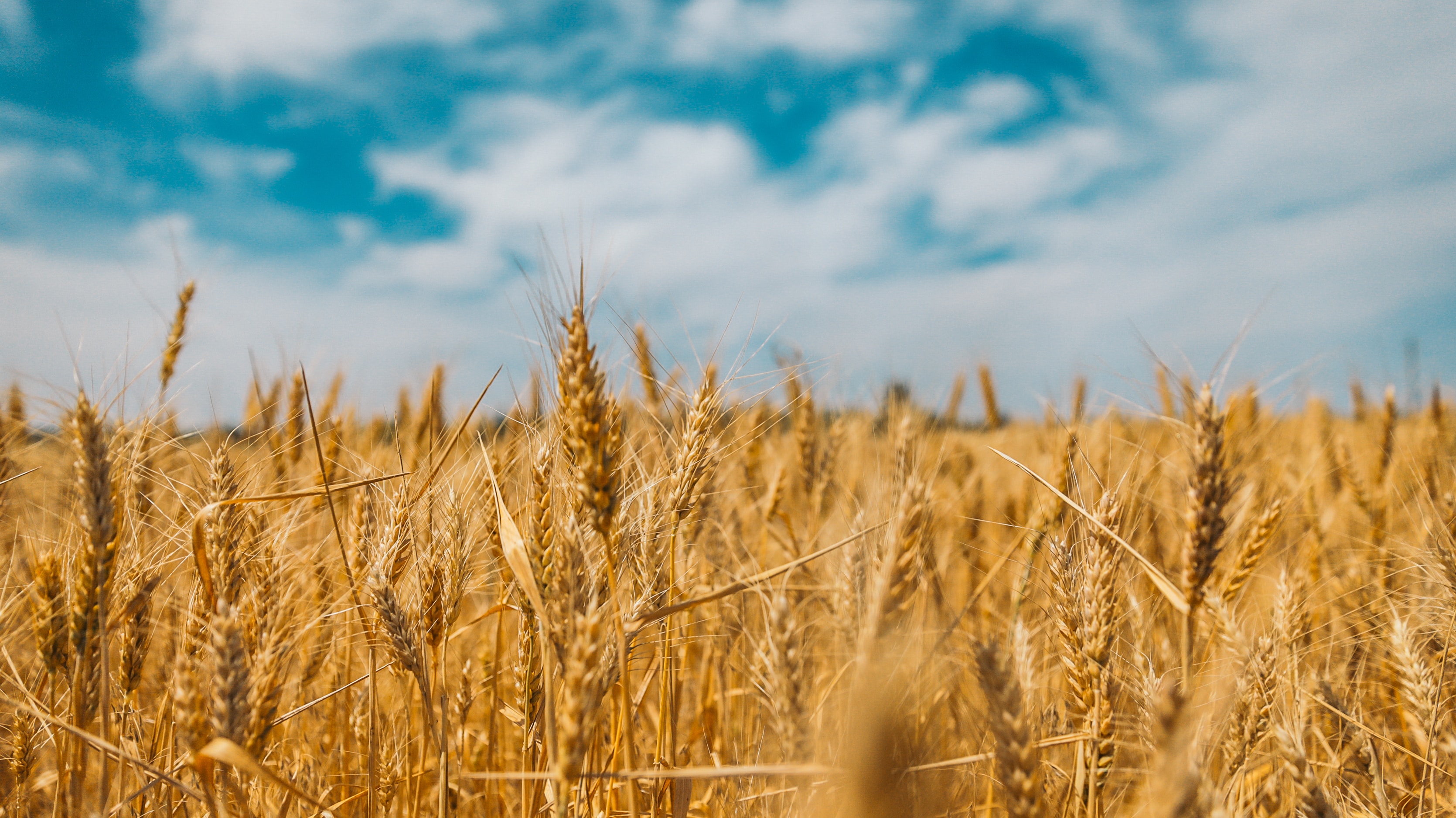
Like it or not, rainfall has been the order of the day for many parts of the country with winter crop still to harvest. Various locations through Southern New South Wales, Victoria and South Australia have received up to 200mls in the last couple of weeks........
Read MoreRain turns the tables on summer crop plantings.

One can only hope that after the big falls across the eastern cropping belt last week, that the BOM manages to get this week’s forecast right, and growers in Southern NSW and Victoria escape any significant additional rain..........
Read MoreRain welcome in the North with Sorghum set to be sown.
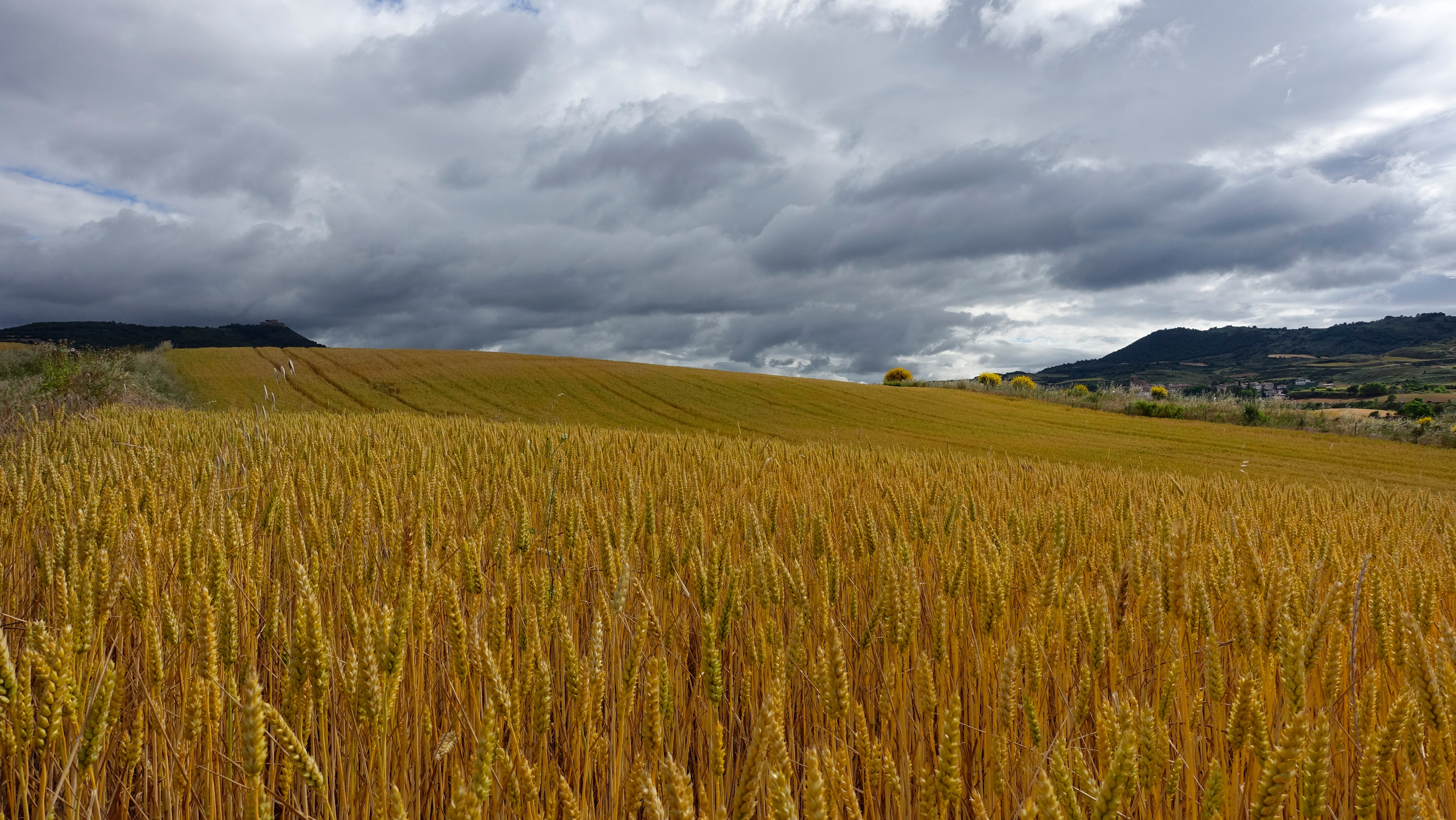
Storm conditions have provided welcome rainfall to areas of Southern Queensland and Northern New South Wales. With rainfall totals between 15-50mm in the last week and some areas receiving more than 100mm........
Read MoreHarvest progresses at record pace
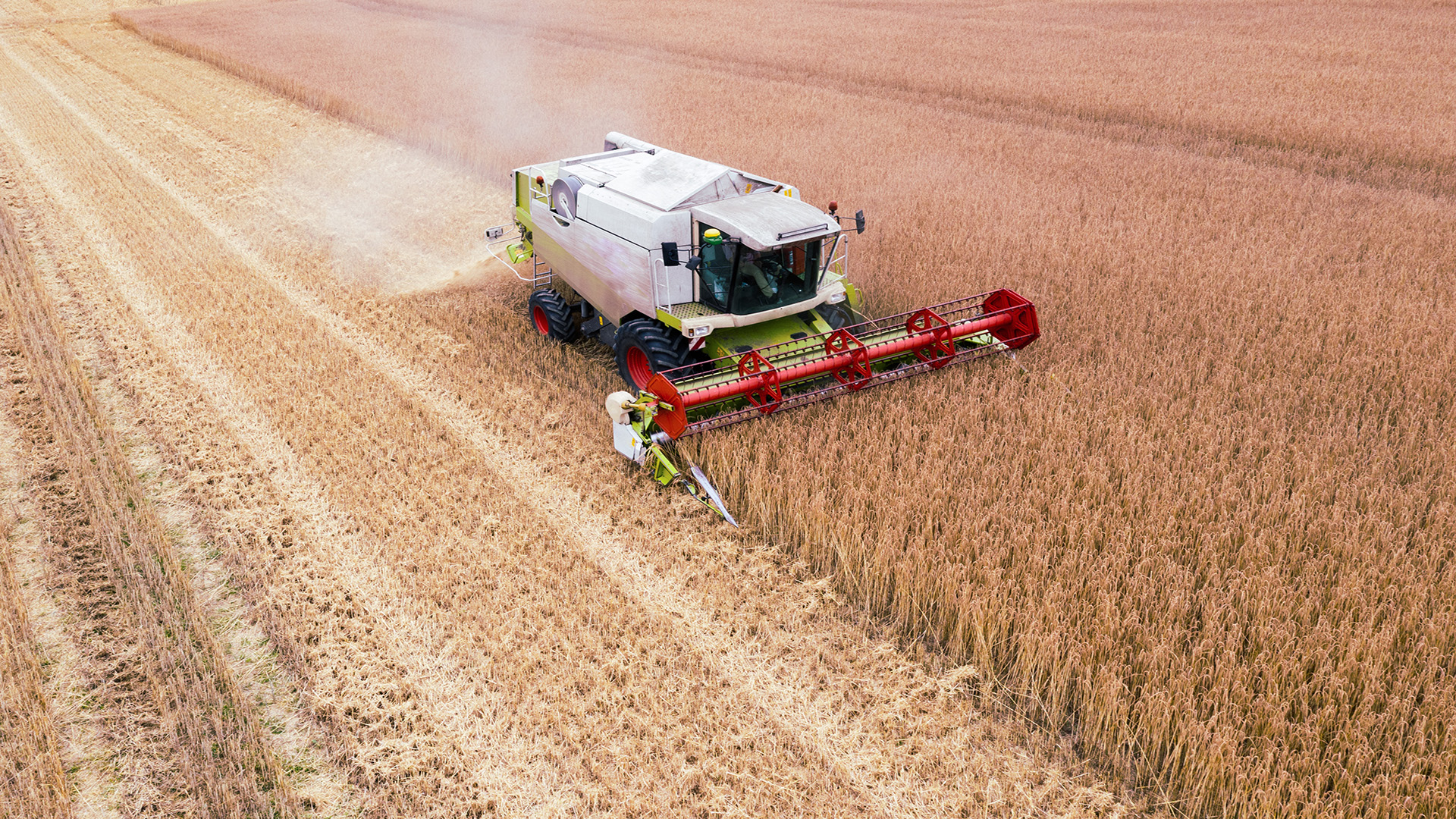
The Aussie winter crop harvest is about halfway toward completion, with plenty of grain still on the stalk in the southern parts of Western Australia, South Australia and New South Wales as well as the bulk of Victoria.......
Read MoreWA Market Wrap
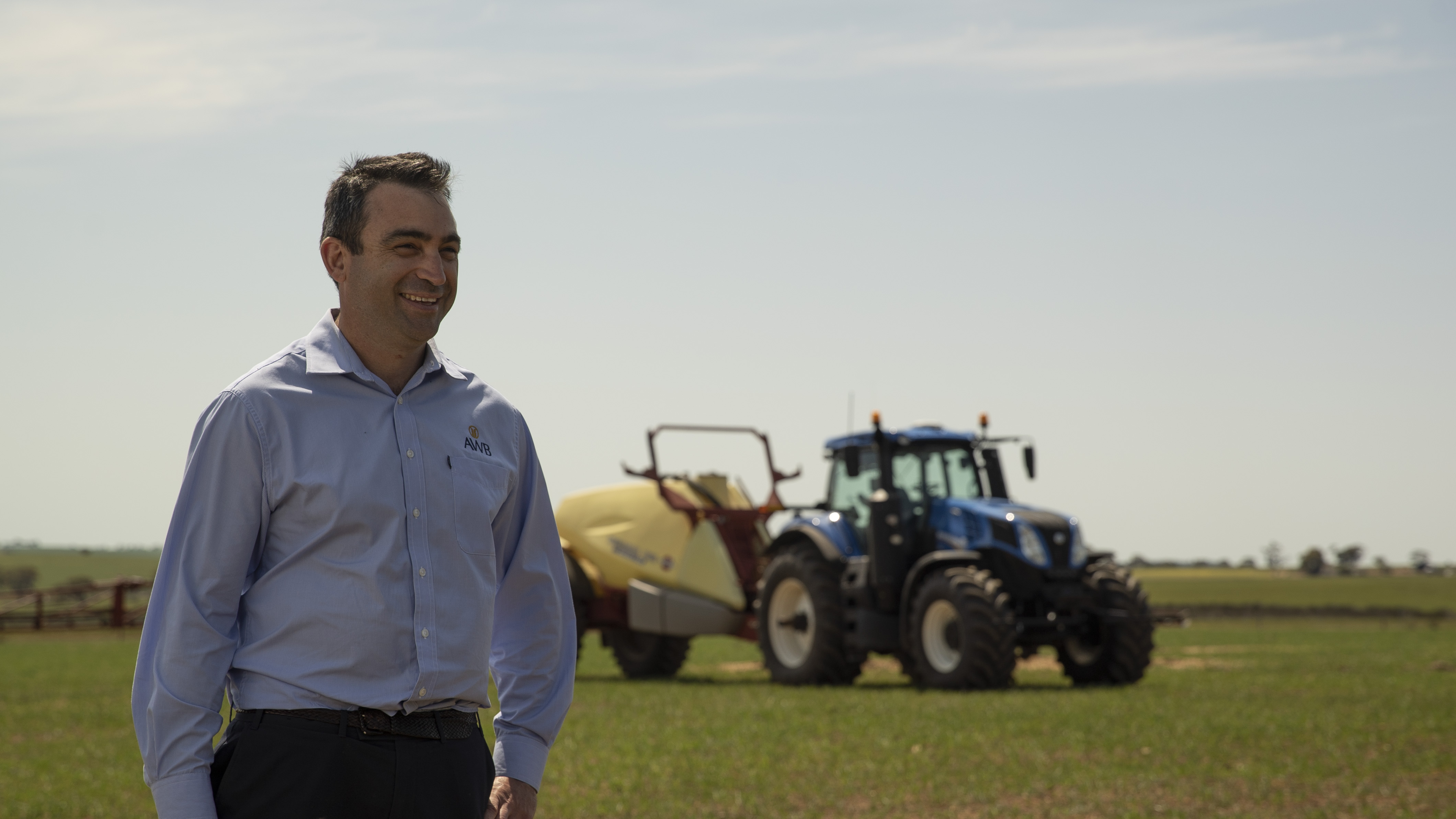
The Western Australian harvest looks like being a quick one with a lot of light crops this year. Receivals in the Geraldton zone started in mid-September and a number of growers have already finished. Production expectations were not high given the lack of summer and growing season rain in most parts of the region......
Read MoreHarvest moves South
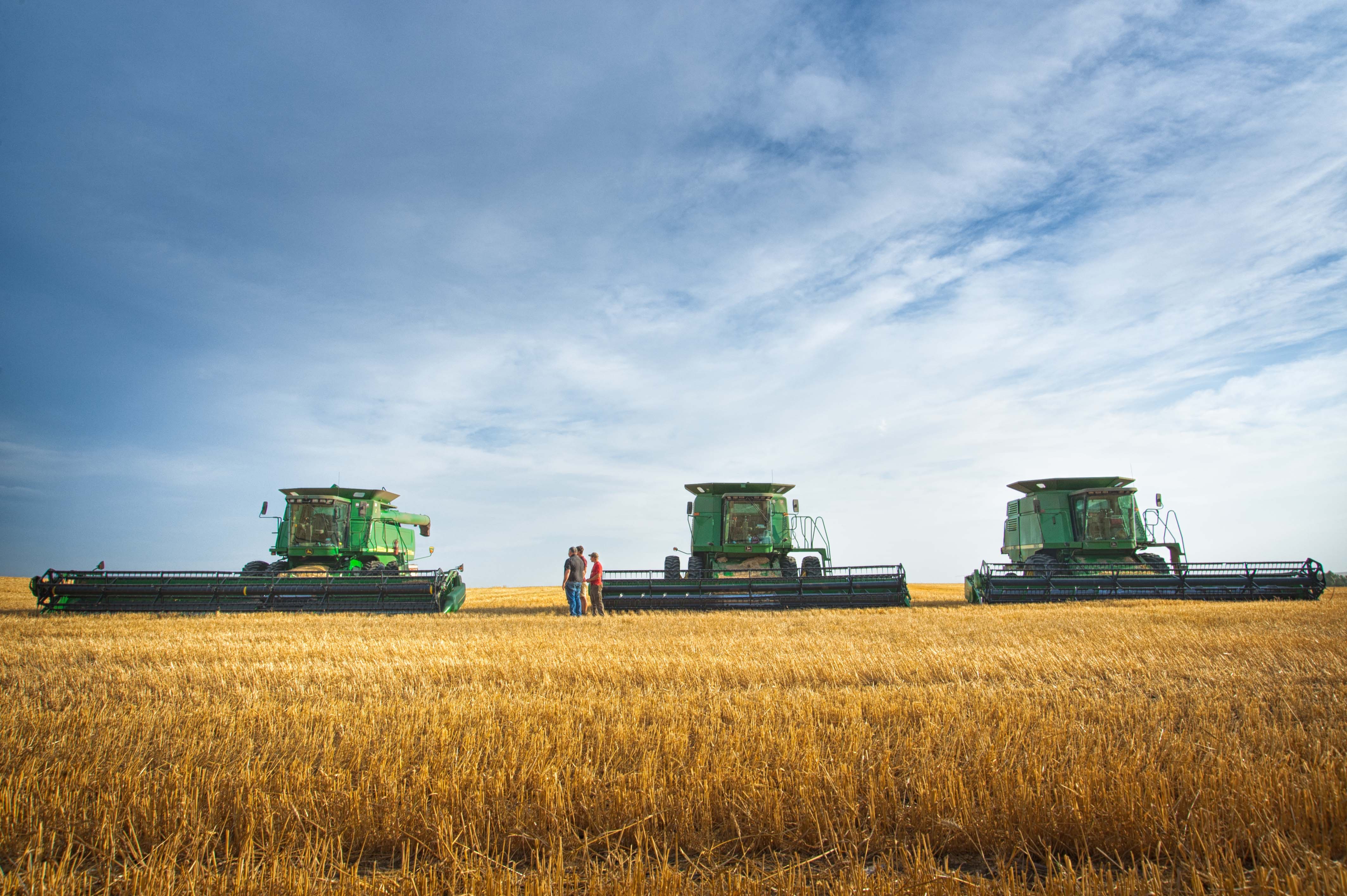
Queensland and Northern NSW have parked the headers and are done and dusted, while Central NSW is about 50% done. Southern NSW is seeing more headers in canola and barley paddocks, and we should start to see some activity in wheat paddocks sooner rather than later......
Read MoreHarvest well ahead of previous years
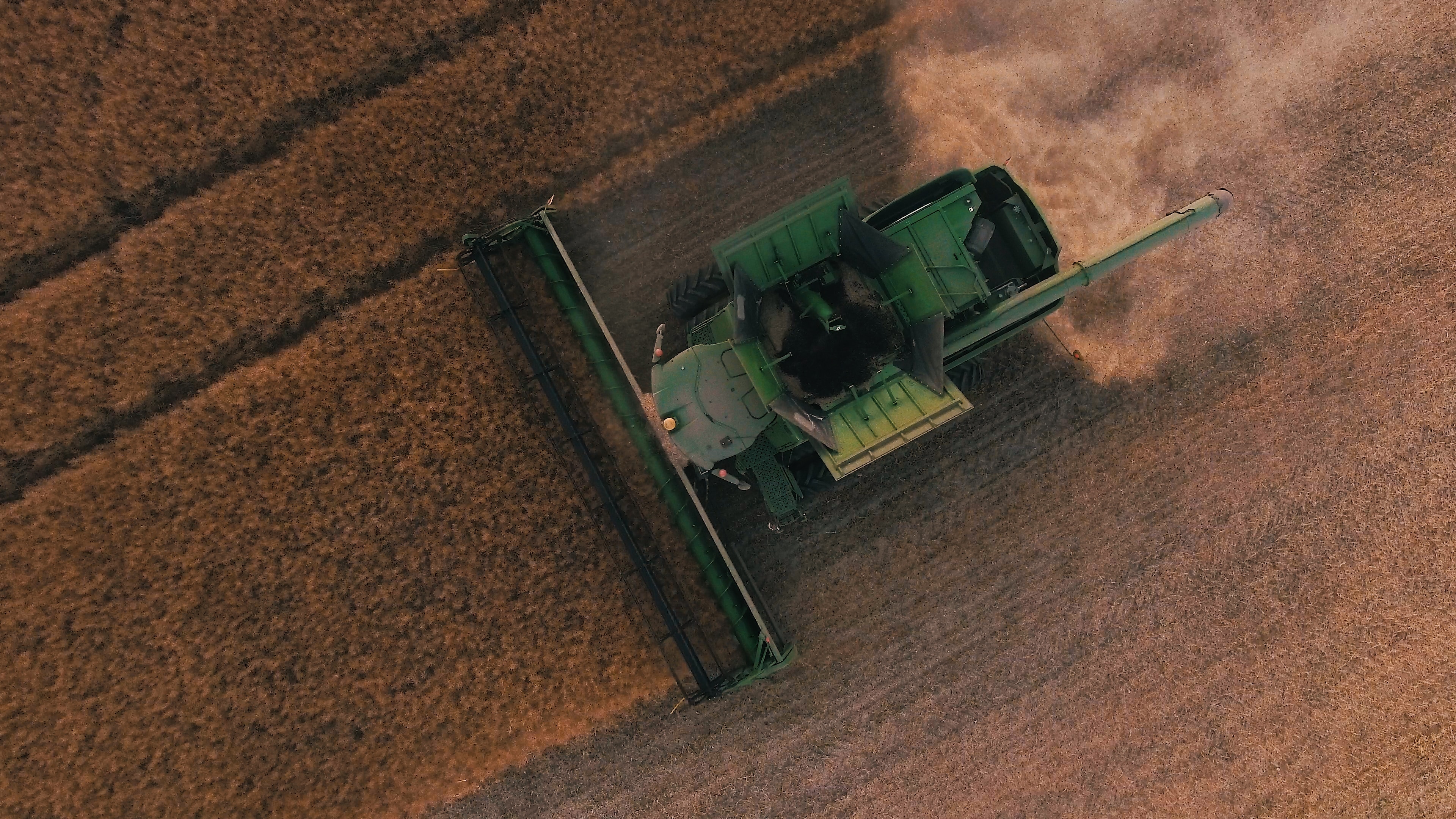
As we move further into November, harvest progresses at an incredibly rapid pace. Traditionally harvest would be 10% completed in the northern part of the Port Kembla zone by the end of the first week of November......
Read MoreAn update on harvest
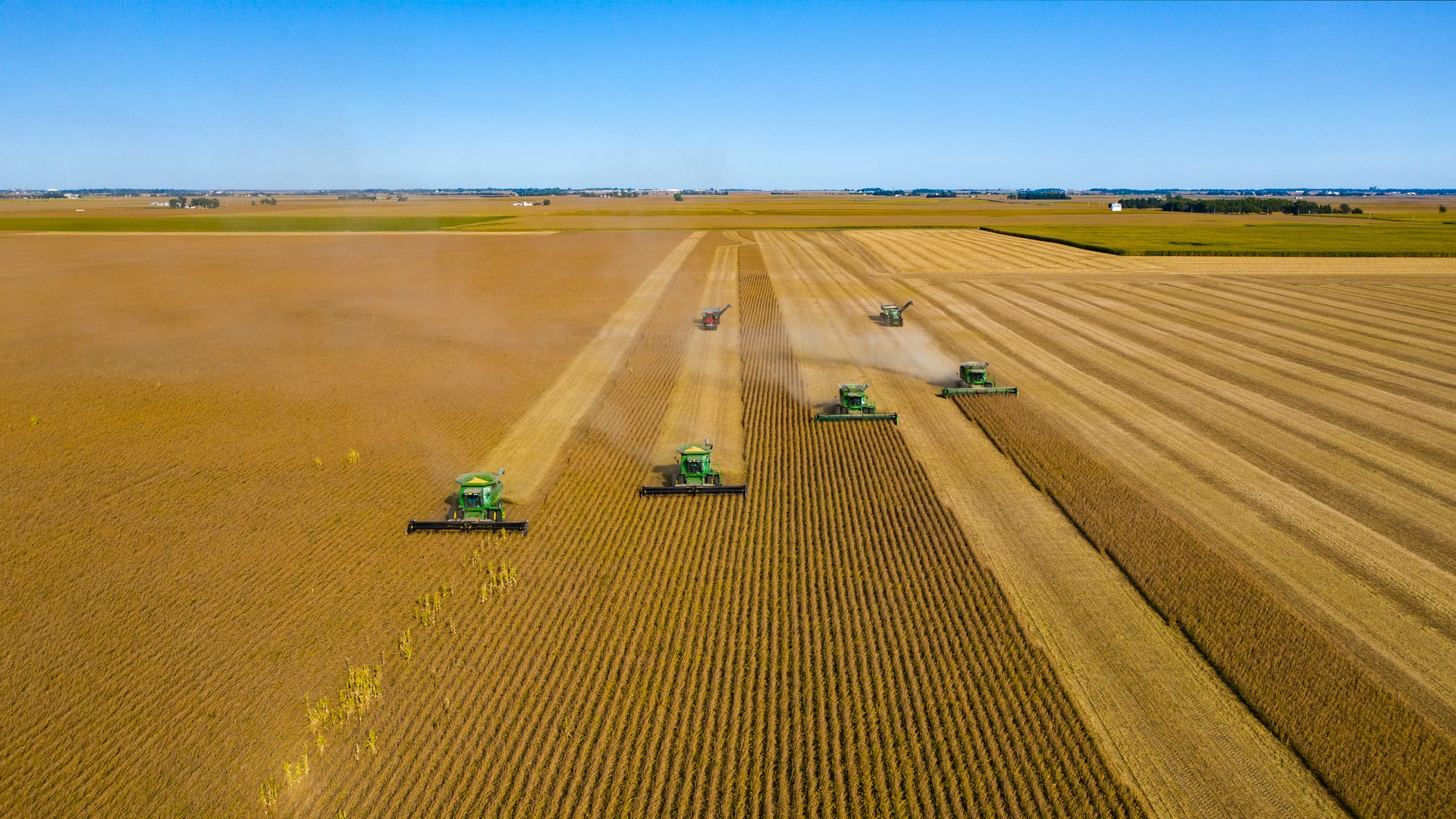
Harvest is rounding the home straight in Queensland and Northern New South Wales nearing 50-60%. Quality to date has been reflective of the seasonal conditions, with the lack of moisture contributing to grades milling around the centre of the quality chart, with ASW1/AUH2/APW1 the main grades being presented at bulk handling sites......
Read MoreDry weather hits sorghum production.

The weather in recent weeks has generally been favourable to most grain producing regions. Areas in the north have seen clear weather allowing harvest to progress at perhaps a pace faster than many would like.....
Read MoreHarvest activity increase sees prices decrease
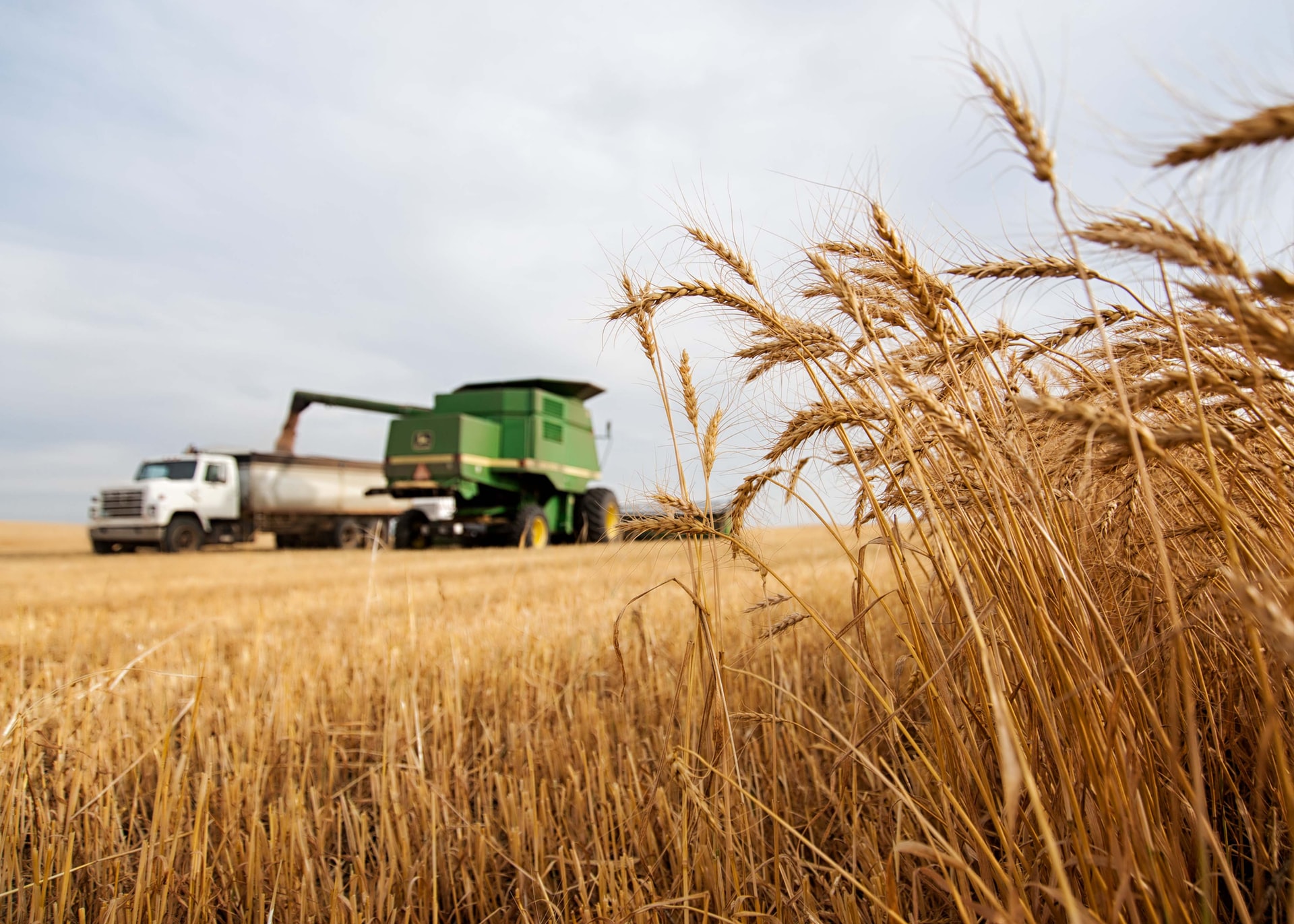
Harvest has now kicked off in most of the country’s northern cropping regions and as header activity rapidly moves south it won’t be long before we’re well and truly underway across all zones. Queensland growers are now stripping wheat as canola is making its way into receival sites as far south as the NSW Sturt Highway....
Read MoreRain makes grain

Its fair to say that a rain in spring is worth its weight in gold and last week we saw this come to fruition with reports of 15mm to 100mm+ recorded. In some regions, the rain came too late to add yield, however this one event will certainly lead to small grain size and pinched grain being a lot less common occurrence than it might have been, as crops were beginning to run out of moisture.....
Read MoreGlobal Wheat Production Estimates Lowered With Drier Outlook

Looks like September was one for the record books with what might have been the warmest and driest since records began, not to mention Collingwood tying with Essendon and Carlton with 16 grand final wins on the last day of the month....
Read MoreHow Time flies

It seems like only yesterday that we were celebrating a Geelong premiership, but 12 months has flown by and its Grand Final week again. It also feels like we only just put last year’s harvest to bed, but in the blink of an eye we are back at it again....
Read More